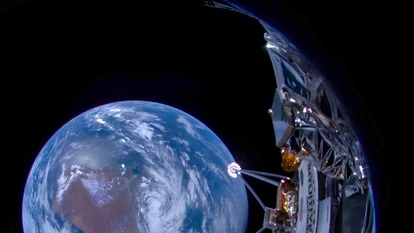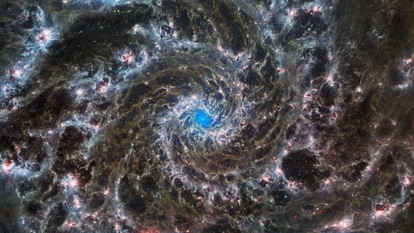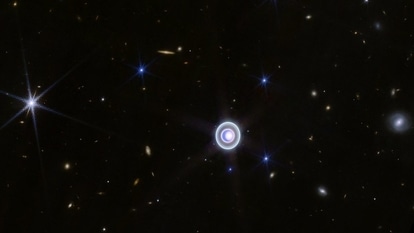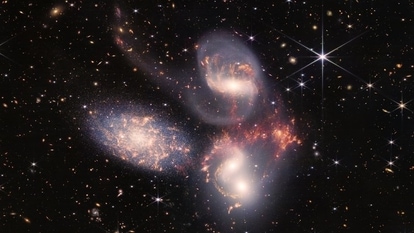ESA's Gaia Astronomical Observatory Mission Data Unveils Vital Astronomical Insights
The European Space Agency's (ESA) Gaia mission has unveiled a new data release, offering a wealth of astronomical discoveries.
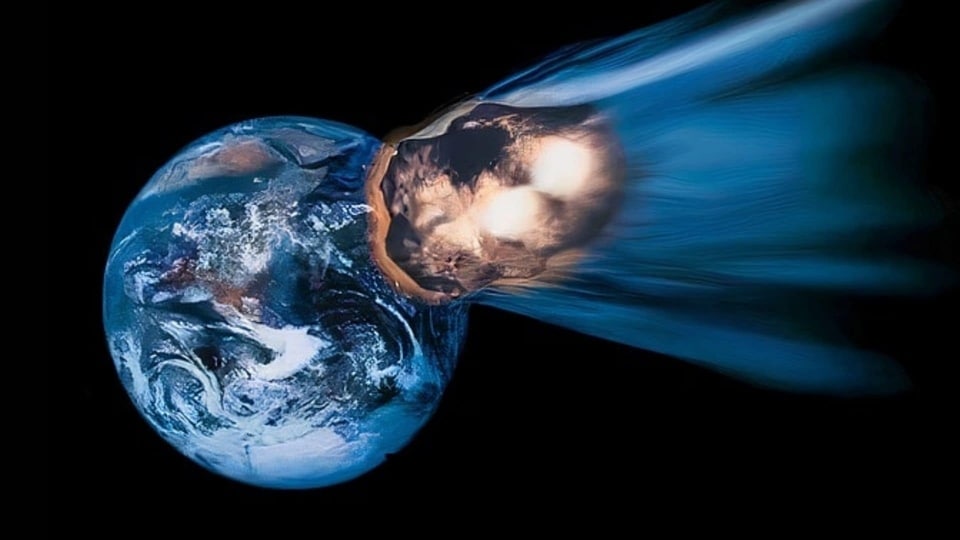



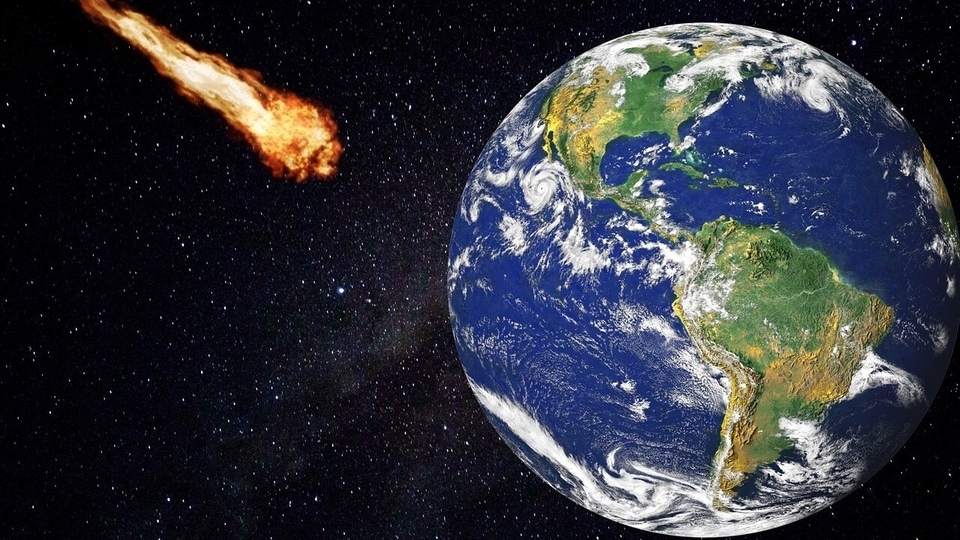
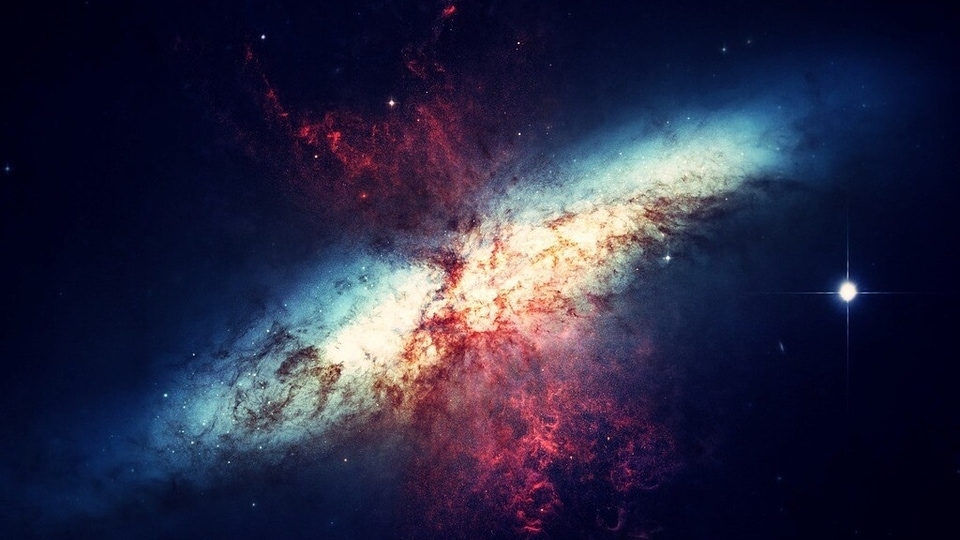
 View all Images
View all ImagesThe European Space Agency's Gaia mission has released a new focused data release, marking a significant contribution to astronomy, Universe Today reports. Gaia's primary mission is to precisely measure the positions, motions, and distances of over a billion stars, while also studying exoplanets. NASA says, “Gaia will detect and very accurately measure the motion of each star in its orbit around the center of the galaxy.” While it may not generate the stunning images like the NASA/ESA-run Hubble Space Telescope or the James Webb Space Telescope, Gaia astronomical observatory mission's data has far-reaching implications across multiple fields of astronomy.
In this release, Gaia mission addressed gaps in its previous coverage, particularly in regions with densely packed stars.
It turned its attention to globular clusters, including the massive Omega Centauri, located 17,000 light-years away and containing around 10 million stars.
Gaia's engineering mode, originally not intended for scientific use, proved valuable in mapping Omega Centauri by revealing stars too close to distinguish in its regular mode.
This data allows for a better understanding of the cluster's structure, star distribution, and motion.
The release also unveiled Gaia's discovery of gravitational lenses, helping astronomers observe distant objects by magnifying light through massive gravitational objects.
Gaia identified nearly 400 candidate quasars, 50 of which are highly likely, providing a valuable resource for cosmologists.
Additionally, Gaia improved the accuracy of asteroid orbits by observing them for longer periods, aiding in planetary defense and scientific research.
Gaia observatory's data release also included information on 10,000 variable stars, enhancing our understanding of stellar properties and cosmic distances. Despite not generating viral images, Gaia's foundational data continues to play a crucial role in advancing various fields of astronomy and astrophysics.
According to NASA, the Gaia astronomical observatory mission's “…goal is to create the largest, most precise three-dimensional map of the Milky Way by surveying about 1% of the galaxy's 100 billion stars."
Catch all the Latest Tech News, Mobile News, Laptop News, Gaming news, Wearables News , How To News, also keep up with us on Whatsapp channel,Twitter, Facebook, Google News, and Instagram. For our latest videos, subscribe to our YouTube channel.








